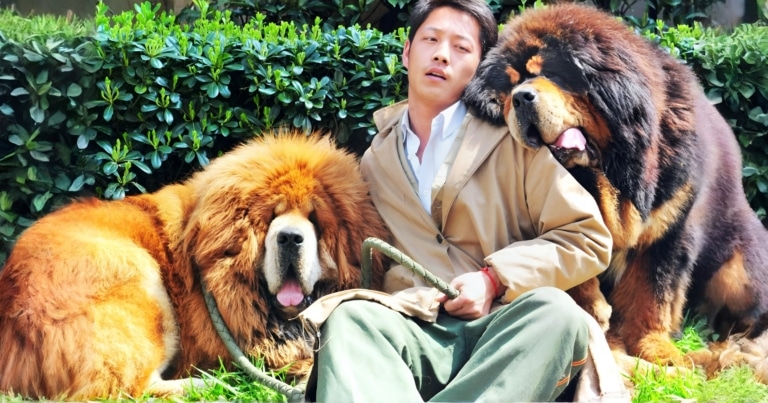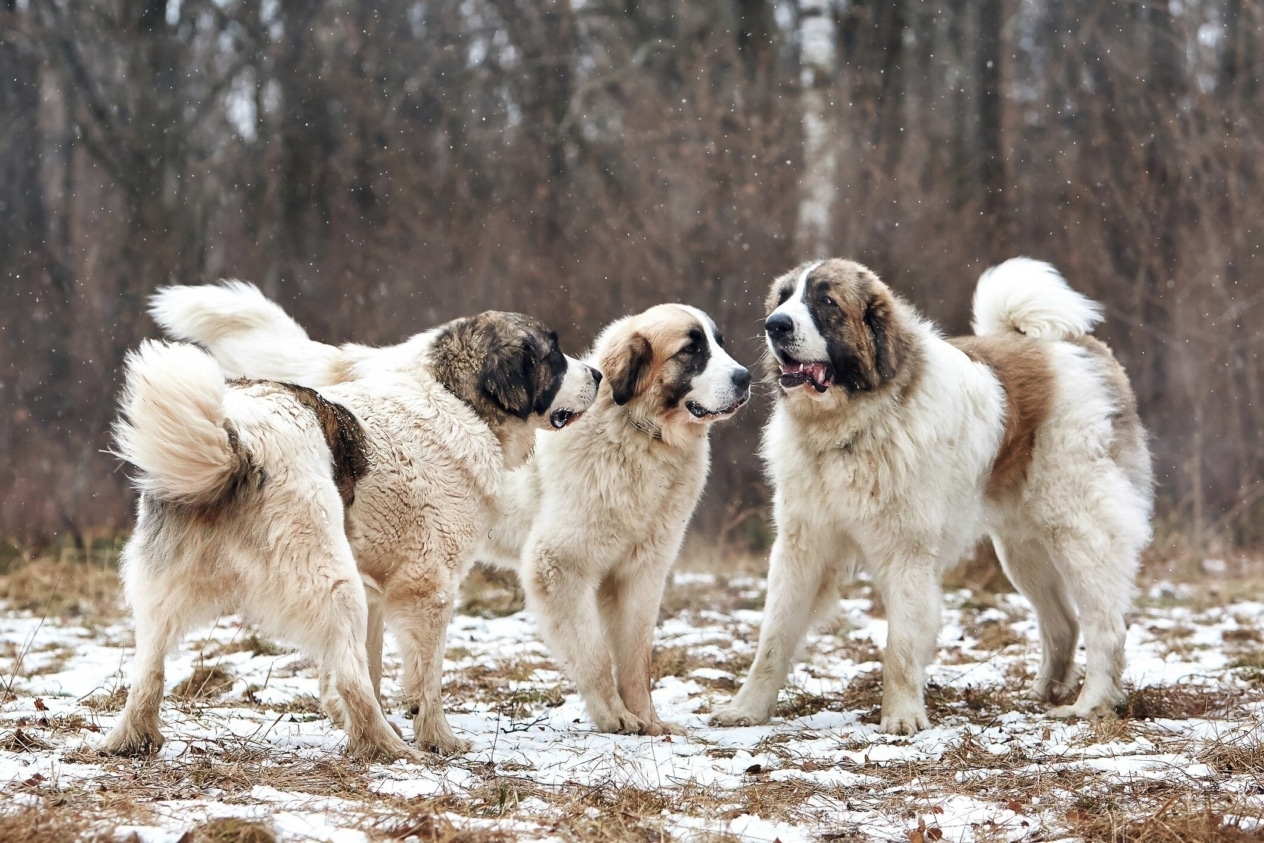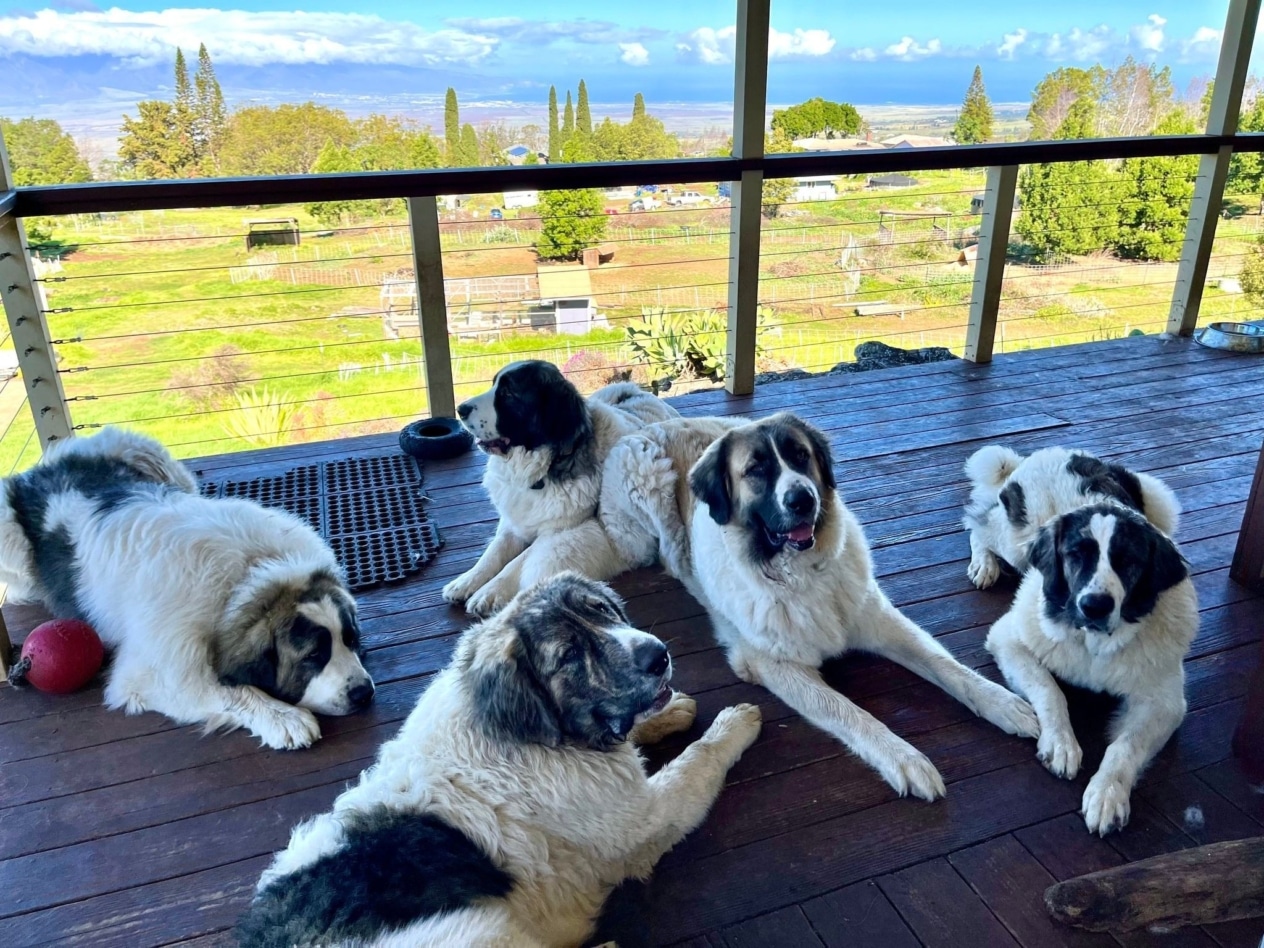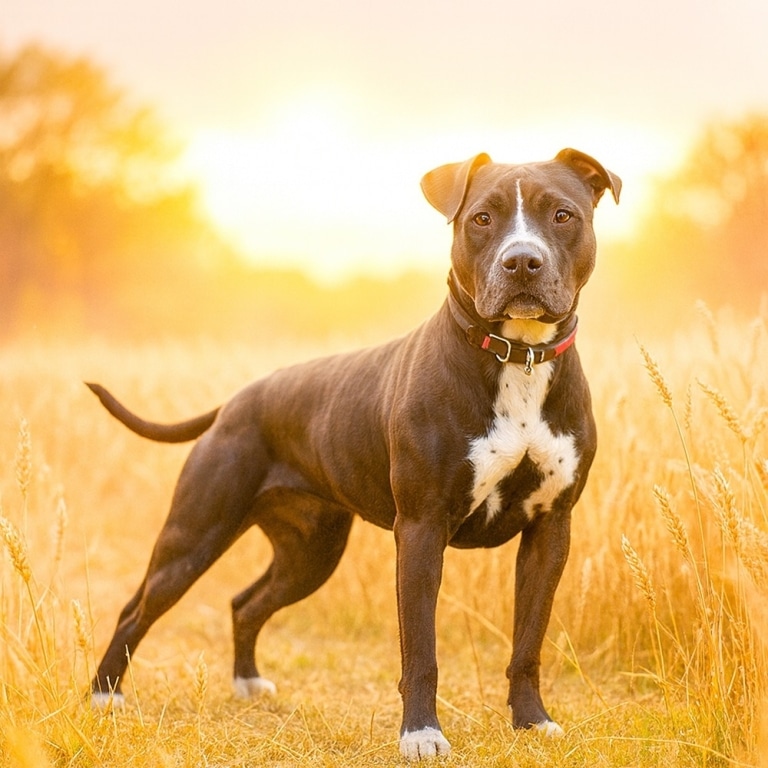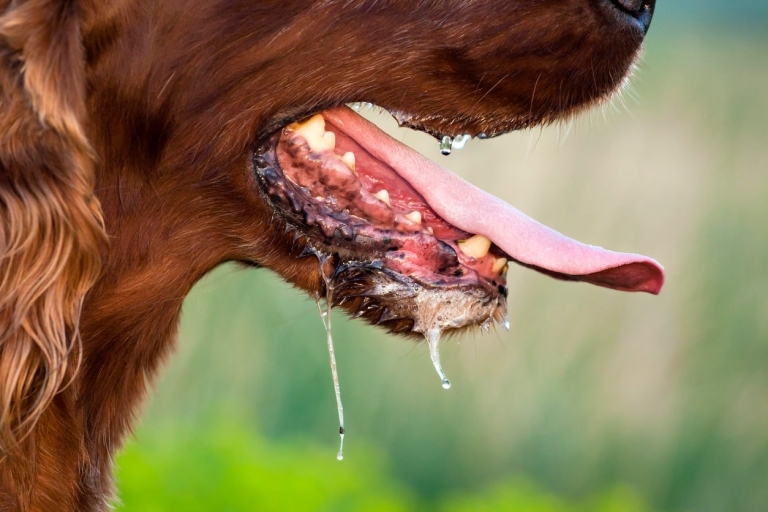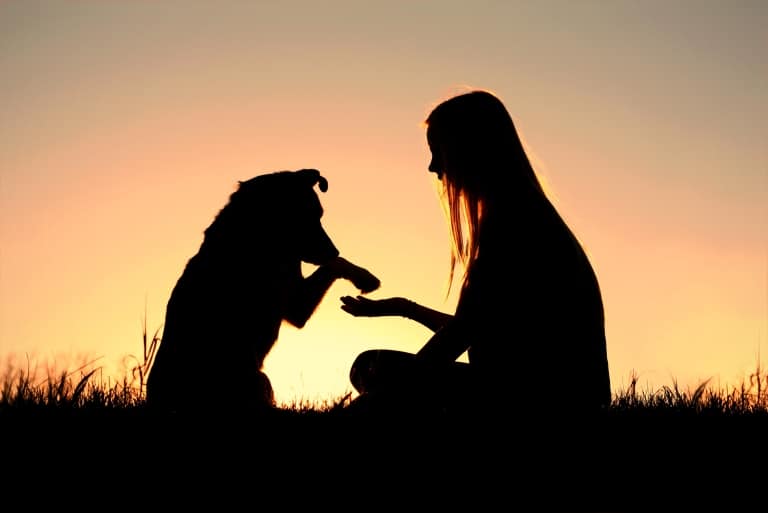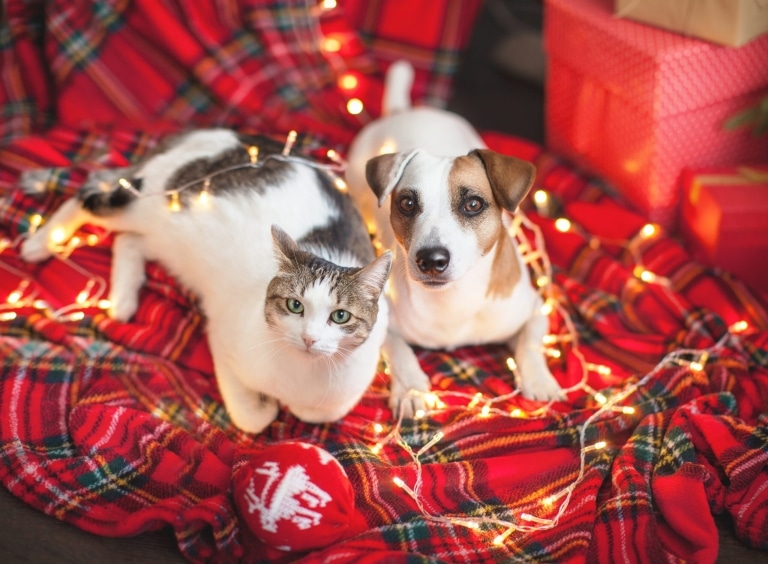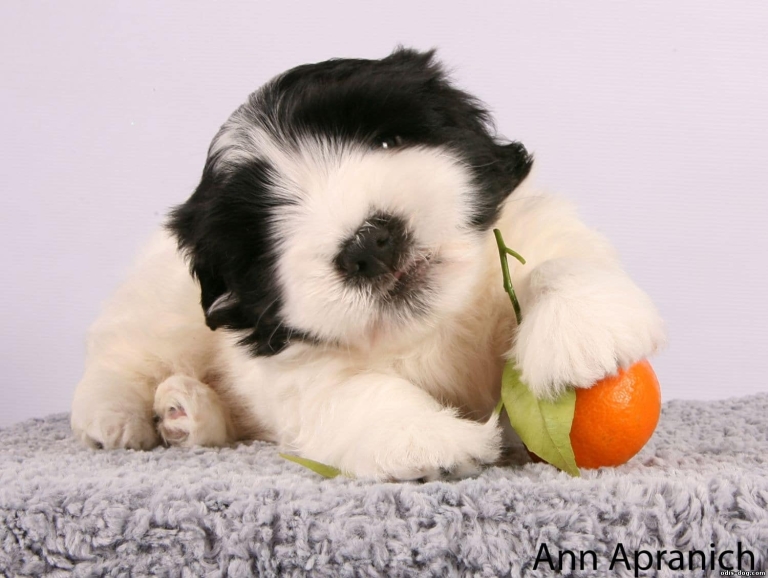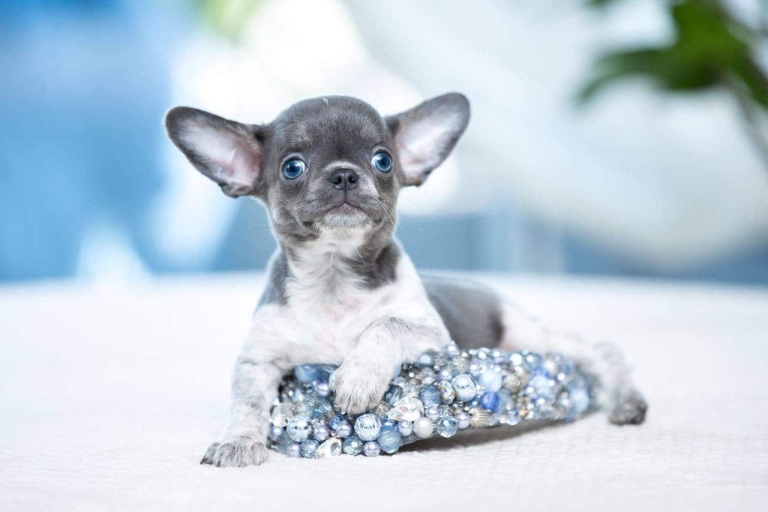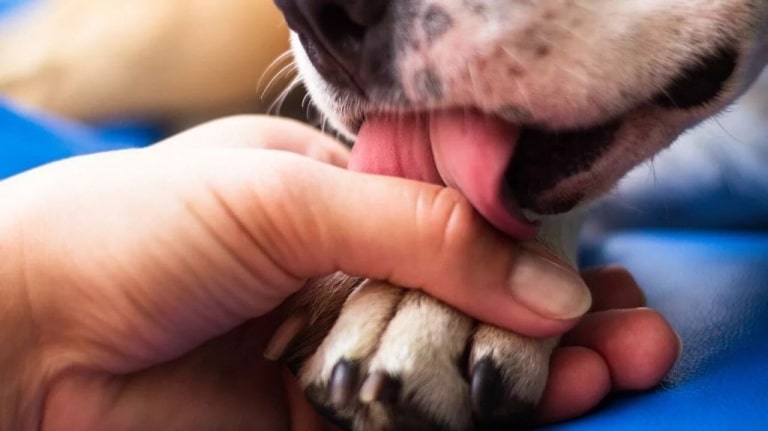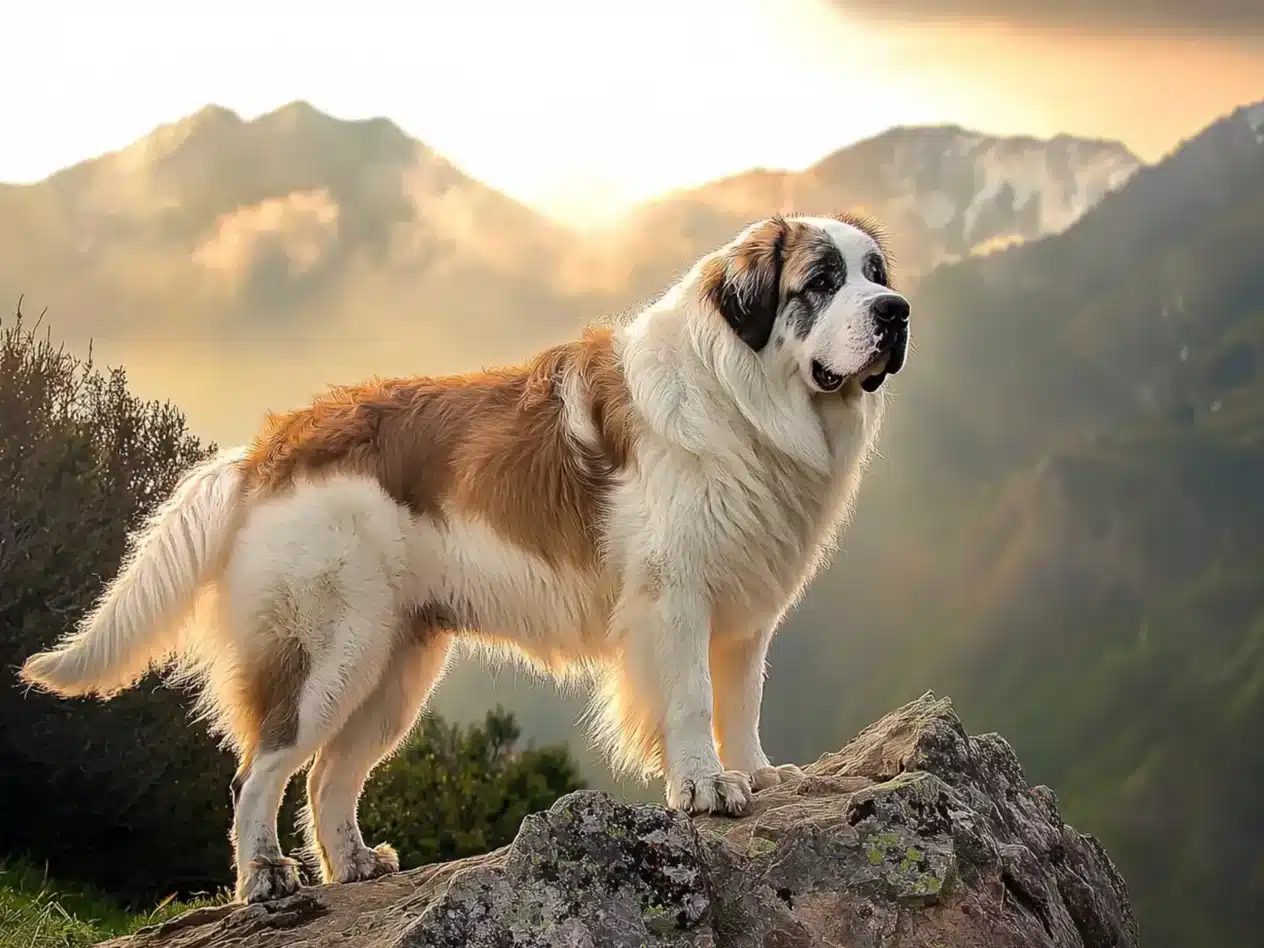
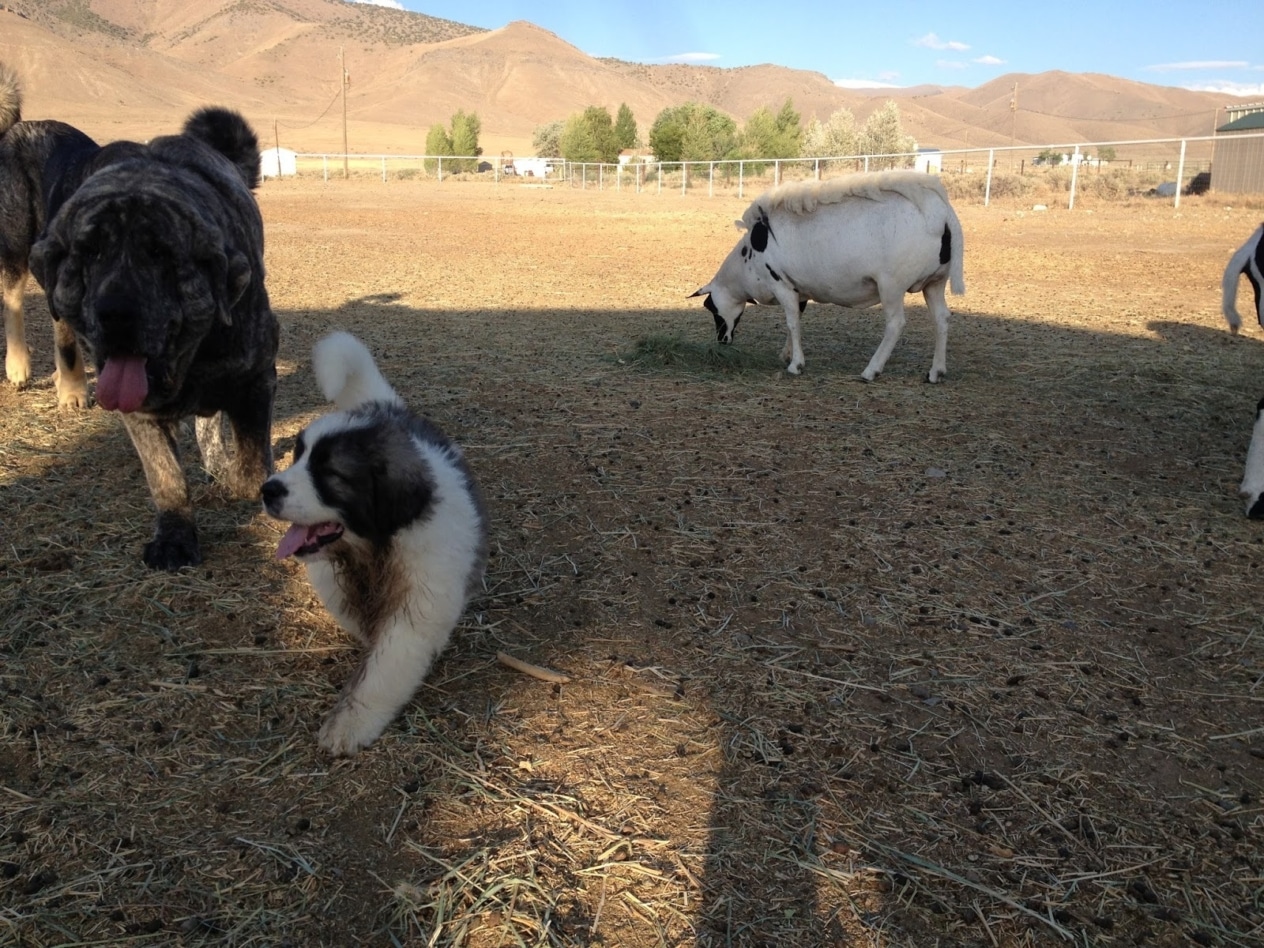
The Pyrenean Mastiff has Spanish roots: its homeland is the Pyrenees, a mountain range between Spain and France. This mastiff was not created for the sake of looks or exhibitions – it was born out of necessity. Its main historical function is to protect flocks of sheep from wolves, bears and two-legged thieves.
In the Middle Ages the shepherds of Spain carried out seasonal migration with their flocks – sometimes up to 800 km – and the Pyrenean Mastiff walked beside them like a faithful sentry. He was independent, patient and able to make decisions at his own discretion. This dog did not obey – it coexisted. That is why it is still considered a symbol of calm strength and reasonable loyalty.
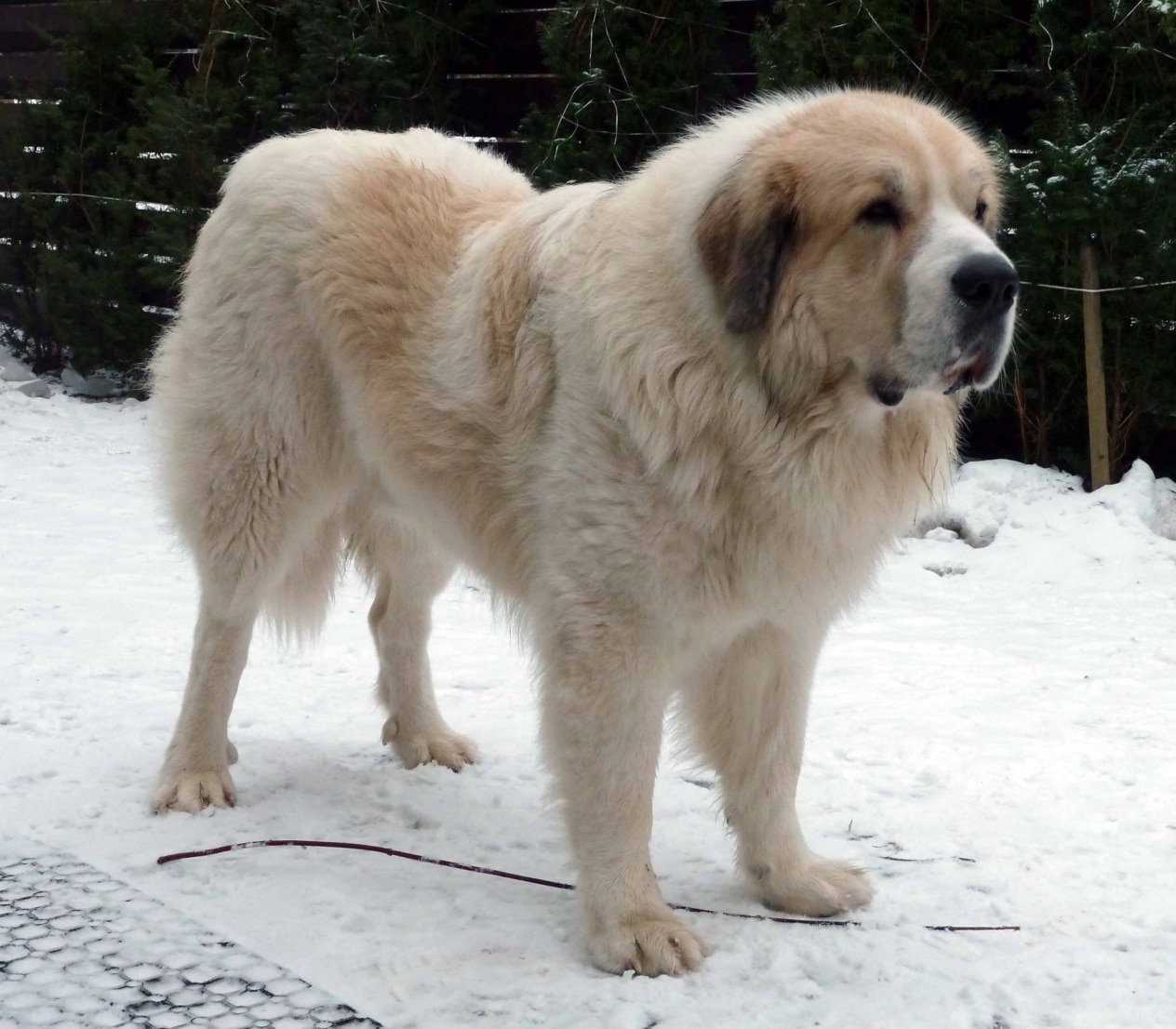
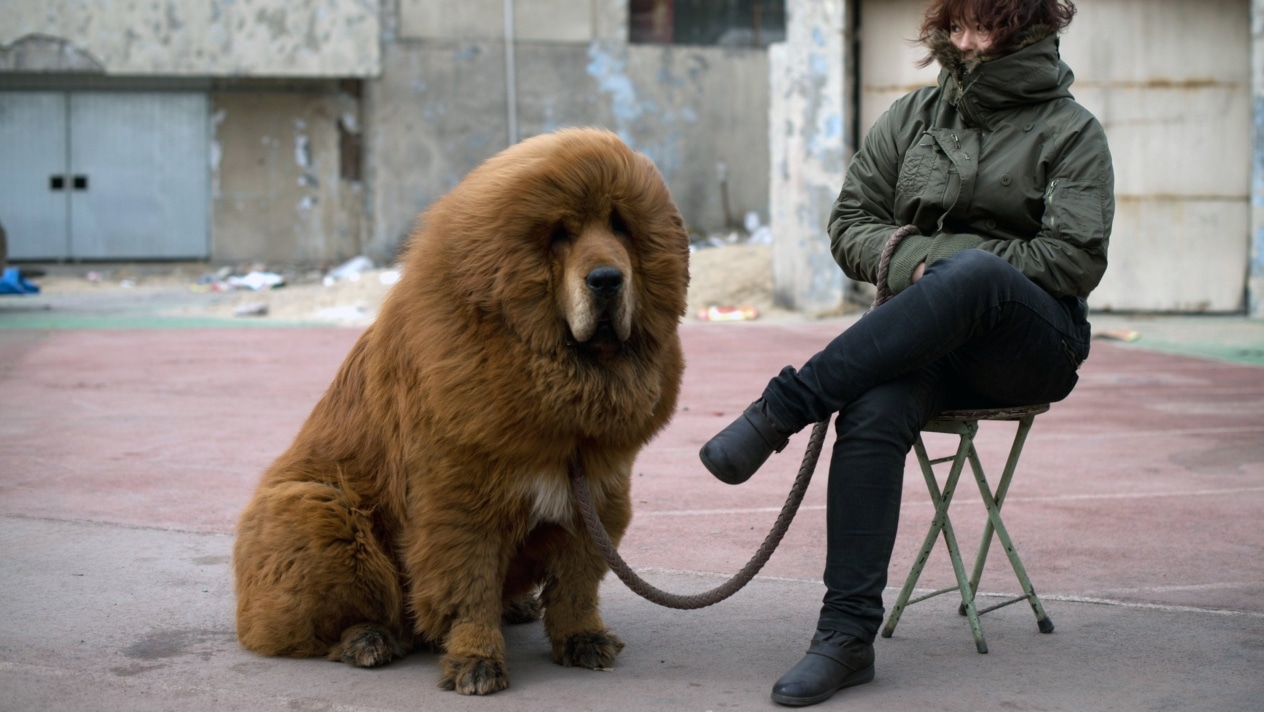
This breed is sometimes confused with the Spanish Mastiff, but the Pyrenean is lighter, more graceful, has a longer coat and a more mountainous origin. It is sometimes called Pyrenean Mastiff (English), Mastín del Pirineo (Spanish), although in everyday life it is more often said simply – “Pyrenean”.
The size is impressive: an adult male weighs 70-100 kg, height at the withers – 75-82 cm. Females are a little smaller. Huge head, deep chest, powerful paws – everything in him speaks of strength. But this strength is not aggressive. It is not a fighter, but a defender. His coat is long, dense, white with large spots – red, gray or black. The neck often has a “mane” – a thick undercoat, which gives it a lion-like appearance. The eyes are dark, kind, and calm.
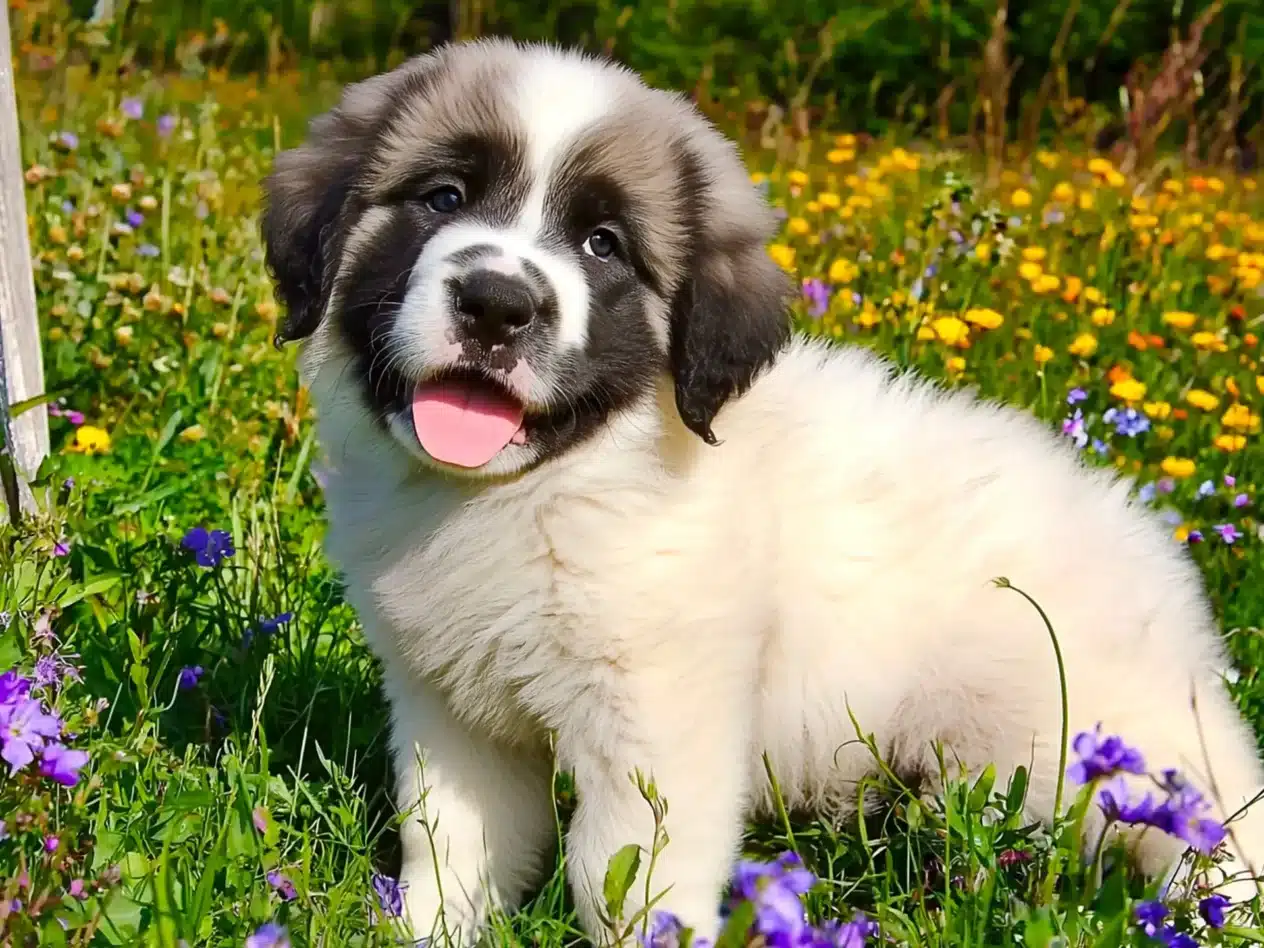
Strength, calmness and inner wisdom
The Pyrenean Mastiff lives close by, silently observes and, if necessary, protects. The difference of this breed is the ability to be completely independent and at the same time subtly feel a person. They don’t fuss, they don’t bark, they don’t beg.
This breed needs space – physical and mental. It feels ideal in a country house with a large yard or in the mountains. They need to be able to see the horizon. However, despite his size, the Pyrenean is affectionate with children and can be a good friend even to small animals. It is difficult to get him out of temper – he has a philosophical calmness.
But do not take this meekness for weakness. Threat – and in him awakens a mountain giant. He does not attack first. His defense is a warning, a pose, a bark that makes the enemy change his mind. Pyrenean Mastiff puppies are playful, a little clumsy and very quickly become attached to the owner. But growing up, they acquire an incredible dignity.
This dog does not need strict training. He should not be broken – it is negotiated with him. He perfectly understands intonation, body language and appreciates respect. When he feels love, he responds with loyalty that lasts a lifetime.

